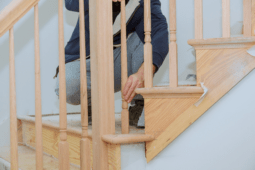Step-by-Step Guide to Building Your Own Cinder Block Retaining Wall
Building a cinder block retaining wall can be a rewarding and practical project for your outdoor space. Whether you’re looking to control soil erosion, create a garden terrace, or simply add some visual interest to your yard, a cinder block retaining wall is a durable and cost-effective solution. In this guide, we’ll walk you through the entire process, from planning and preparation to the final touches, ensuring you have all the information you need to complete this project successfully.
Ready to take on life with unshakable confidence? Whether you’re aiming to excel in your career, improve your relationships, or conquer DIY projects, NLP Hero’s Confidence Course is your key to success. Click here to start transforming your confidence and be better at everything you do!
Understanding the Basics – Why Choose a Cinder Block Retaining Wall?
Cinder block retaining walls are a popular choice for many homeowners due to their strength, longevity, and versatility. Cinder blocks, also known as concrete masonry units (CMUs), are made from a mixture of cement, aggregate, and water, which makes them incredibly durable and resistant to weathering. Additionally, cinder blocks are relatively easy to work with, allowing for a variety of design possibilities.
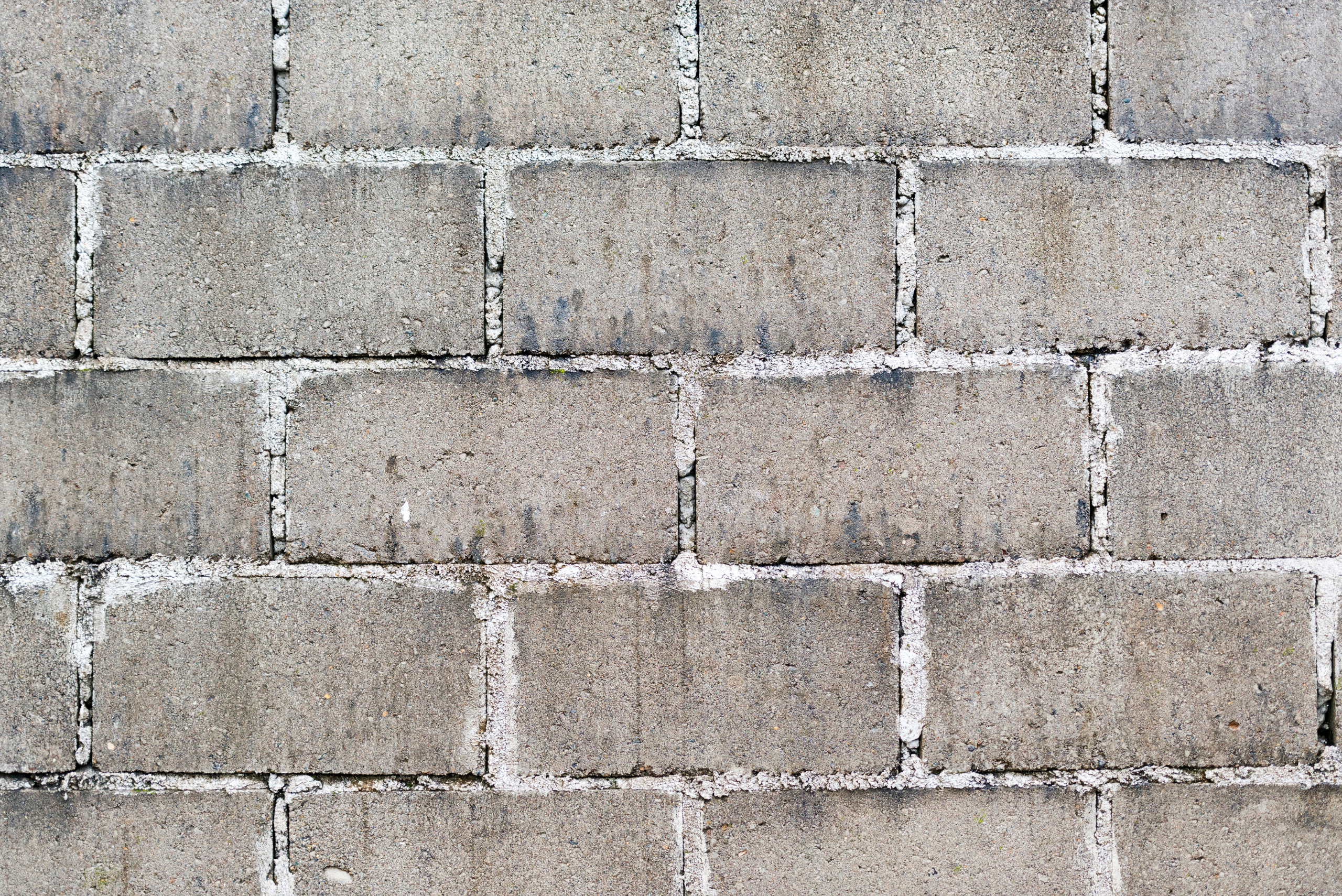
One of the key advantages of using cinder blocks is their ability to provide excellent structural support. This is particularly important if you’re dealing with significant changes in elevation or need to hold back large amounts of soil. Moreover, cinder blocks can be easily reinforced with rebar and filled with concrete to enhance their strength, making them suitable for even the most demanding applications.
Planning and Designing Your Cinder Block Retaining Wall
Before you start building your cinder block retaining wall, it’s crucial to spend some time planning and designing your project. Begin by assessing the area where you want to build the wall. Consider factors such as the slope of the land, soil type, and drainage requirements. It’s also a good idea to check with local building codes and regulations to ensure your wall complies with any necessary guidelines.
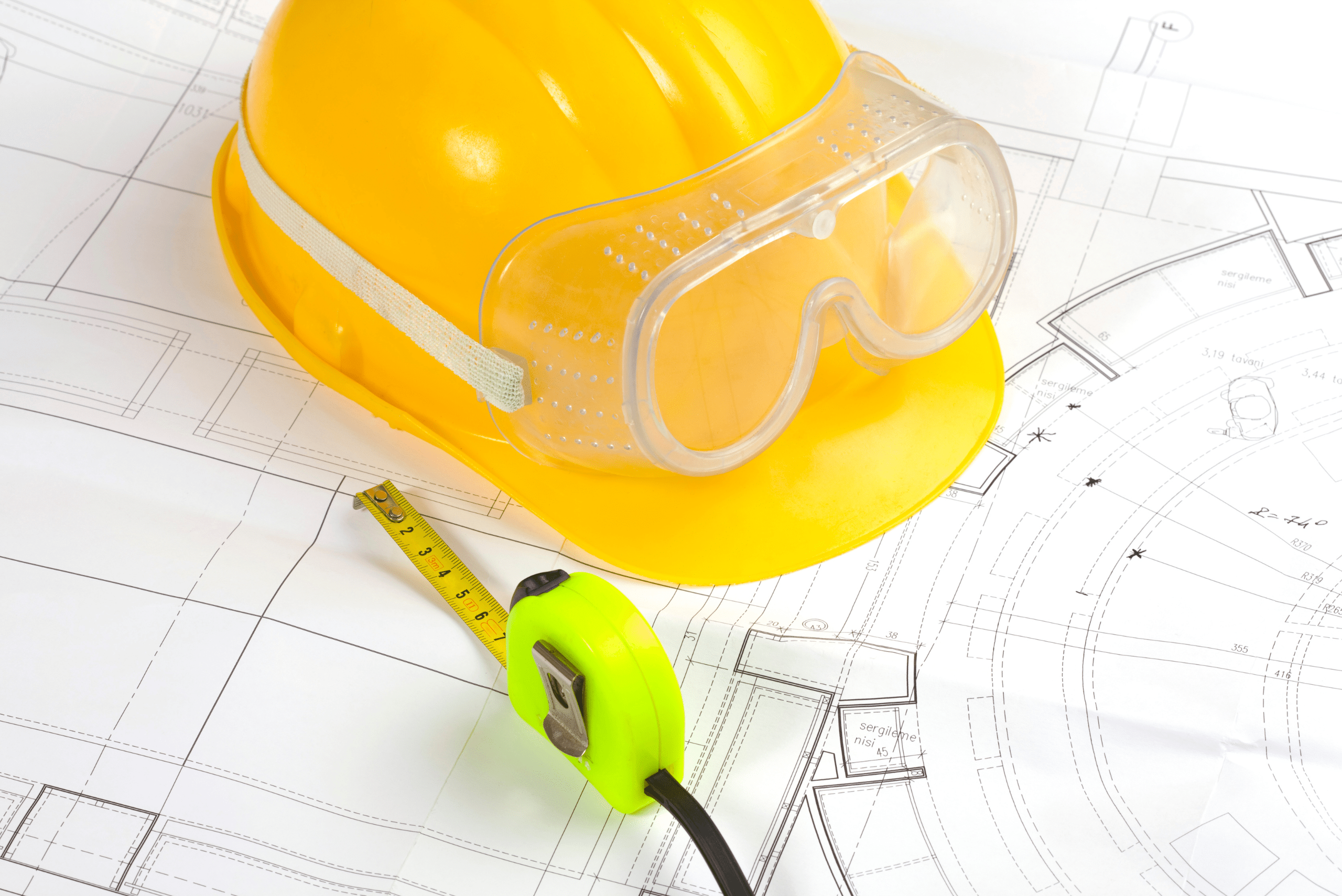
Next, sketch out a rough design of your retaining wall, including dimensions and any special features you want to incorporate, such as steps or curves. This will help you determine the number of cinder blocks and other materials you’ll need. Additionally, think about the height of your wall. While cinder block retaining walls can be built to various heights, walls over four feet typically require additional engineering and reinforcement.
Gathering the Right Tools and Materials to Build a Cinder Block Retaining Wall
Having the right tools and materials on hand before you begin construction is essential for a smooth and successful project. For a cinder block retaining wall, you’ll need the following materials: cinder blocks, gravel or crushed stone for the base, rebar for reinforcement, concrete mix, mortar mix, and landscape fabric. Depending on your design, you may also need drainage pipes and decorative caps for the top of the wall.
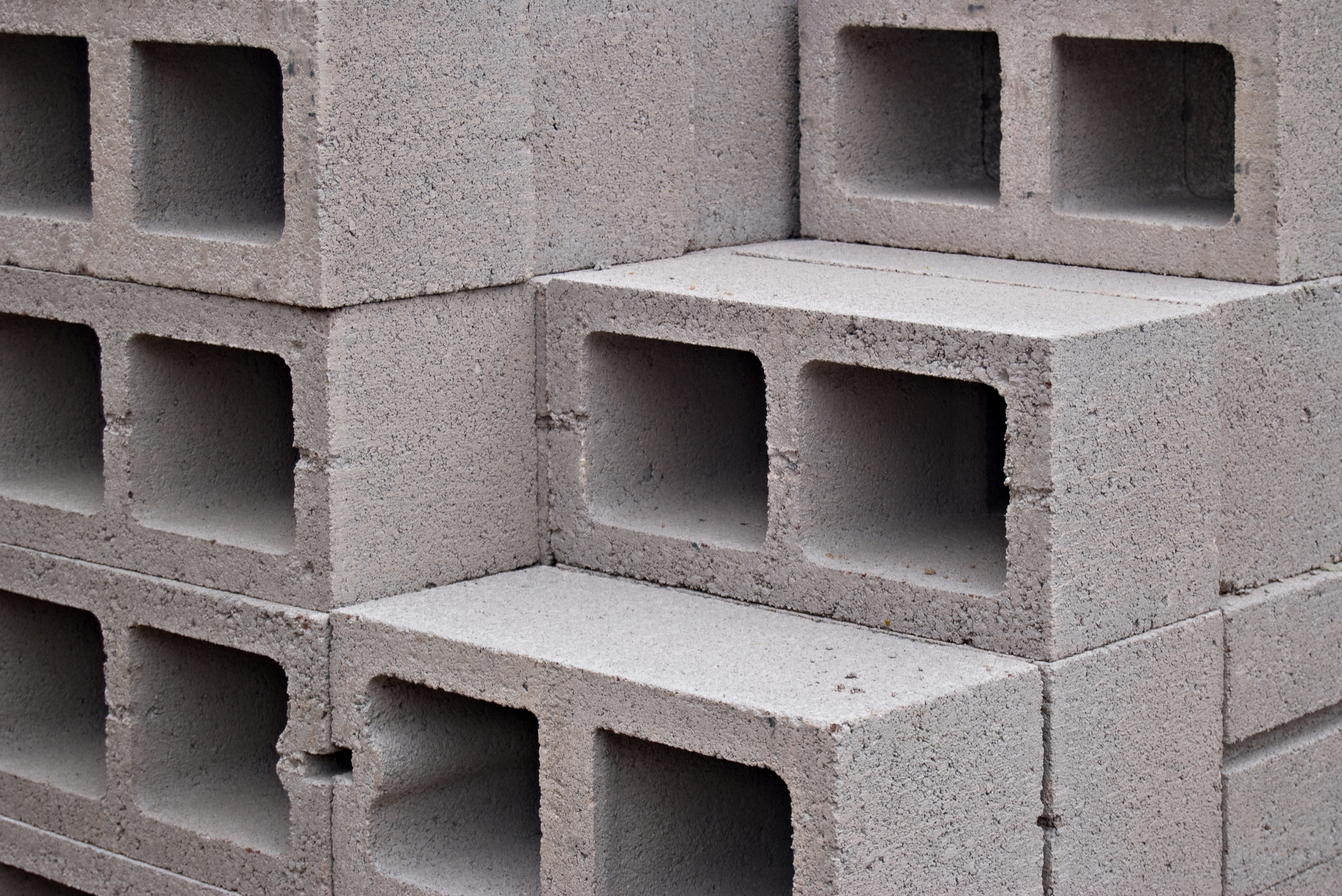
In terms of tools, make sure you have a shovel, level, wheelbarrow, trowel, masonry saw, and rubber mallet. A string line and stakes will help you keep the wall straight and level during construction. Safety gear, such as gloves and safety glasses, is also important to protect yourself while working.
Step-by-Step Instructions for Building a Cinder Block Retaining Wall – From Foundation to Finishing Touches
Once you’ve gathered your tools and materials, it’s time to start building your cinder block retaining wall.
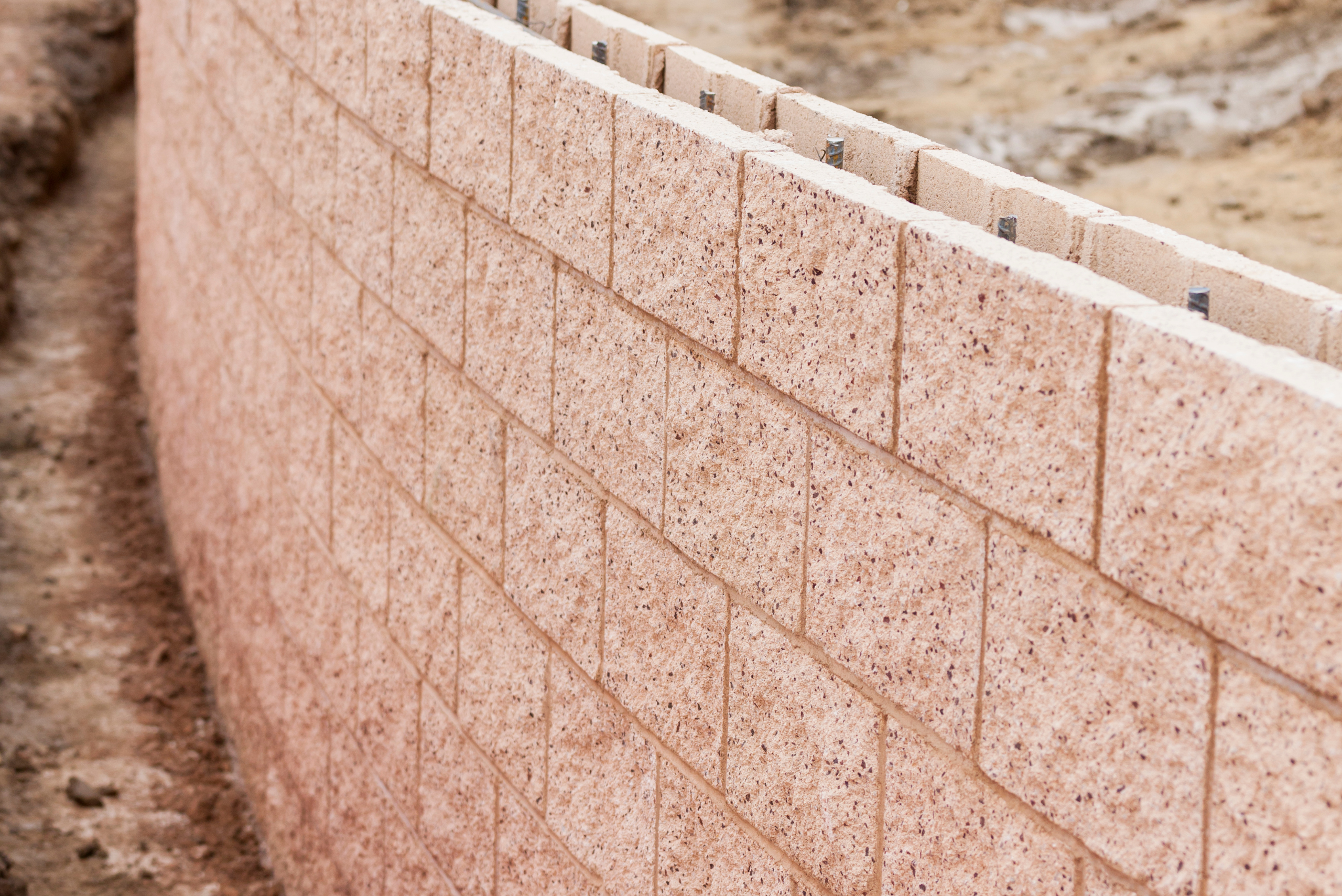
- Begin by excavating a trench for the foundation. (The trench should be at least twice as wide as the cinder blocks and deep enough to accommodate a layer of gravel and the first course of blocks.)
- Fill the trench with gravel and compact it to create a stable base.
- Next, lay the first course of cinder blocks, ensuring they are level and aligned. (Use a string line and level to guide you.)
- Apply mortar between the blocks to secure them in place.
- As you build up the wall, stagger the joints between blocks for added stability, and insert rebar vertically into the blocks for reinforcement.
- Fill the cores of the blocks with concrete to further strengthen the wall.
Addressing Drainage and Backfilling to Ensure the Longevity of Your Retaining Wall
Proper drainage is critical to the longevity of your cinder block retaining wall. Without adequate drainage, water can build up behind the wall, causing pressure that can lead to cracks or even collapse. To prevent this, install a perforated drainage pipe at the base of the wall and cover it with gravel. This will help divert water away from the wall.
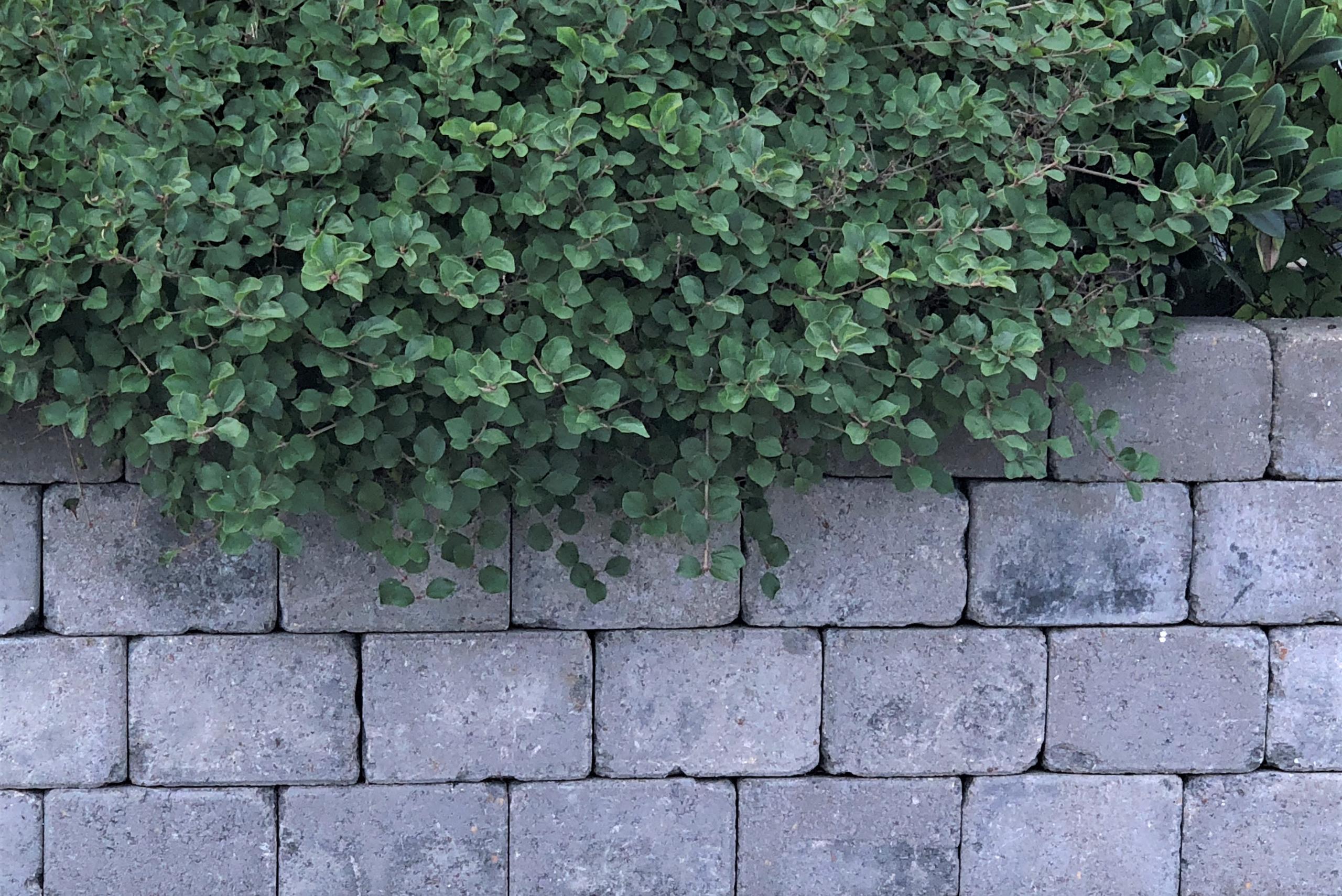
After installing the drainage system, you can begin backfilling the area behind the wall with soil. It’s important to compact the soil as you go to prevent settling. Adding layers of landscape fabric between the soil and gravel can also help keep the drainage system clear of debris.
Final Touches and Maintenance Tips for Keeping Your Cinder Block Retaining Wall in Top Shape
With the main structure of your cinder block retaining wall complete, you can add the finishing touches to enhance its appearance and functionality. Consider applying a waterproof sealant to the surface of the wall to protect it from moisture and staining. You might also want to add decorative caps to the top of the wall for a polished look.
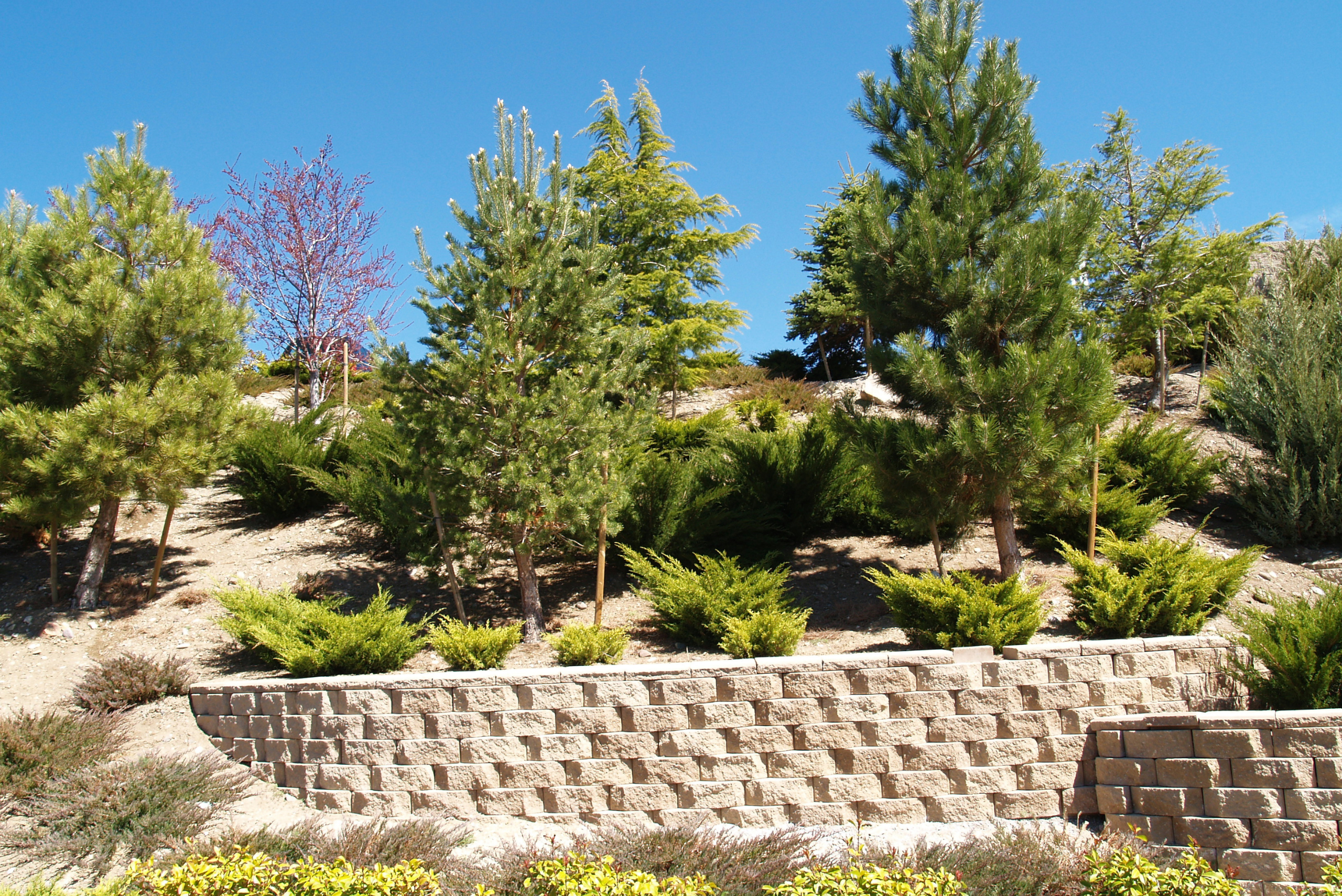
Regular maintenance is key to ensuring the longevity of your retaining wall. Inspect the wall periodically for any signs of damage, such as cracks or bulging, and address any issues promptly. Keep the drainage system clear of debris, and make sure the soil behind the wall remains properly compacted.
Related Articles
- A Guide For How to Fix Concrete Cracks Ensuring Durable Repairs
- Step-by-Step Guide to Creating DIY Concrete Pavers
- How to Pour Self-Leveling Concrete For Flawless Results
Building a cinder block retaining wall is a project that can transform your outdoor space while providing practical benefits. With careful planning, the right materials, and attention to detail, you can create a sturdy and attractive retaining wall that will stand the test of time. So roll up your sleeves and get ready to enjoy the satisfaction of completing a DIY project that adds both beauty and functionality to your yard.
Ready to start your next project? Join our DIY community to receive tool tips, how-to guides, and exclusive creative insights. Subscribe to the ManMadeDIY newsletter now! Click here to unlock a world of hands-on inspiration.





